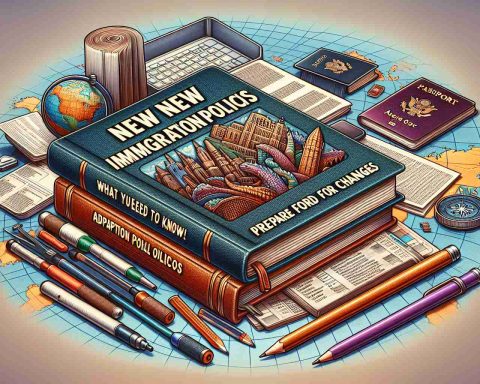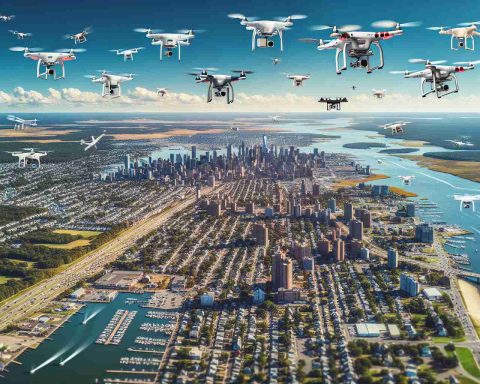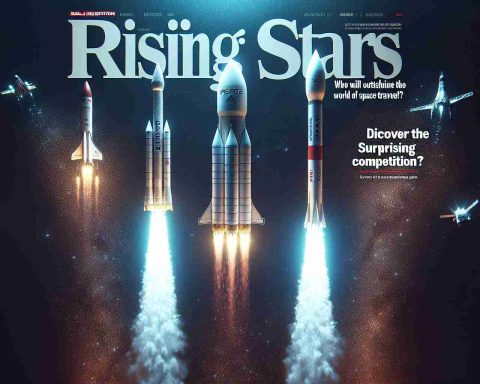Understanding immigration law reveals the complexities behind entry and removal decisions for aliens. In the U.S., these actions are categorized into two main types: exclusion, which prevents individuals from entering, and removal, which expels those already within the country. Unlike those already residing in the U.S., aliens attempting entry typically lack constitutional protections. Their applications are subjected to intricate legal frameworks, with visa denials rarely challenged in court, as they fall under a principle of non-reviewability.
However, qualified U.S. citizens can sponsor certain aliens for admission, intertwining their rights with immigration outcomes. A landmark case from 1972, Kleindienst v. Mandel, allowed American professors to challenge an alien’s visa denial based on their First Amendment interests. In the current digital age, the necessity of physically importing speakers has become debatable.
Recent rulings, such as the 2015 Kerry v. Din case, indicate that American citizens may retain some rights to advocate for relatives seeking entry. Nonetheless, President Trump’s administration has broadened the scope of governance concerning alien admissions and removals, emphasizing the importance of aligning with national interests.
Their policies indicate a focus on safeguarding cultural and constitutional values, potentially raising concerns over their implications for free speech and political expression among aliens. Immigration groups are poised to scrutinize these complex developments as they unfold, especially where stringent restrictions may be enforced based on perceived hostility towards the nation.
The Broader Implications of Immigration Law
The intricacies of immigration law extend far beyond legal boundaries, shaping both societal frameworks and cultural landscapes. The dynamics of entry and removal decisions have profound implications for immigrant communities, influencing their economic contributions, social integration, and cultural diversity. As the nation grapples with its identity in an increasingly polarized environment, understanding these legal nuances is essential for fostering a more inclusive society.
Economically, immigration plays a critical role. Immigrants contribute significantly to the U.S. workforce, filling vital roles in various sectors, from technology to agriculture. A 2017 study by the National Academies of Sciences, Engineering, and Medicine found that immigration boosts economic output, with the potential to raise GDP by 0.3% to 0.7% per year over the next 10 years. Furthermore, the role of sponsorship by U.S. citizens underlines the intertwining of personal rights with national policy, posing questions about familial ties and community support systems.
On an environmental scale, immigration policies can affect demographic patterns and urban infrastructure. Analysts suggest that restrictive immigration may lead to labor shortages in essential areas, thereby impacting sustainability and resource management. Future trends hint at a gradual shift towards more inclusive approaches, as societal pressures and workforce demands evolve.
In examining these long-term ramifications, it becomes clear that immigration law is not merely a legal matter but a cornerstone of societal evolution that influences culture, economy, and the environmental landscape. As such, stakeholders must stay vigilant and responsive to changes that could further alter the tapestry of American life.
Navigating the Complexities of U.S. Immigration Law: What You Need to Know
Understanding Immigration Law in the U.S.
Immigration law in the United States presents a complex landscape, particularly regarding the entry and removal of aliens. Actions taken in this realm are largely categorized into two types: exclusion, which prevents individuals from entering the U.S., and removal, which involves expelling individuals who are already present within the country.
Legal Framework and Protections for Aliens
Aliens who are attempting to enter the U.S. typically find themselves without the constitutional protections that residents enjoy. Their visa applications are governed by intricate legal frameworks, with the principle of non-reviewability—meaning many visa denials cannot be challenged in court—posing significant barriers for those seeking entry.
Sponsorship and Its Implications
U.S. citizens can play a crucial role in the immigration process by sponsoring certain aliens for admission. This intertwines their rights with the immigration outcomes of the individuals they sponsor. A pivotal case in this context is Kleindienst v. Mandel (1972), which affirmed that American citizens could challenge an alien’s visa denial based on their First Amendment rights, particularly the right to free speech and association.
Recent Judicial Developments
Recent court decisions, such as Kerry v. Din (2015), further maintain that U.S. citizens possess certain rights to advocate for family members seeking entry into the country. These legal precedents underscore the ongoing interplay between citizen rights and immigration law.
The Influence of Political Climate on Immigration Policies
The administration of former President Donald Trump significantly reshaped immigration policy, emphasizing the alignment of immigration practices with national interests. This shift sparked debates over cultural and constitutional values and raised concerns regarding the implications for free speech and political expression among immigrants. The stringent measures proposed during this administration have prompted widespread scrutiny from immigration advocates and policymakers alike.
Trends and Innovations in Immigration Law
The digital age has introduced questions regarding the necessity of physical presence for speakers and advocates. This evolving landscape, coupled with recent rulings and policy changes, indicates a trend toward a more complex immigration system that seeks to balance national interest with individual rights.
Pros and Cons of Current Immigration Policies
Pros:
– Align immigration processes with national security goals.
– Potentially reduce unlawful entry and enhance monitoring of immigrants.
Cons:
– Stricter policies may infringe on individual freedoms, particularly regarding free speech.
– Increased tensions between immigrant communities and law enforcement.
Looking Ahead: Predictions for Immigration Law
As immigration groups prepare to challenge and respond to recent policy changes, the future of U.S. immigration law remains uncertain. It is likely that continued debates over the balance between national security and individual rights will dominate discussions in the years to come.
Conclusion
Navigating U.S. immigration law requires an understanding of its complexities, including the legal frameworks, political influences, and individual rights at play. As policies evolve, those affected will need to stay informed about their rights and the implications of current and future immigration laws.
For more information, visit the USCIS website for resources and updates on immigration processes and policies.




















